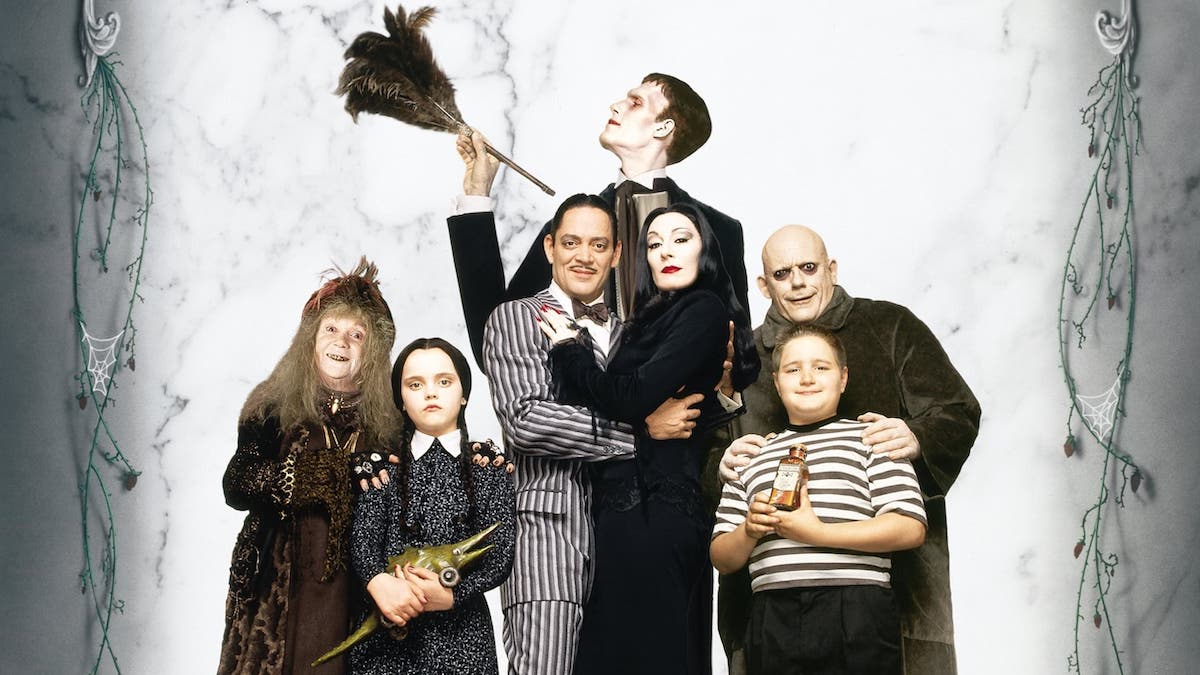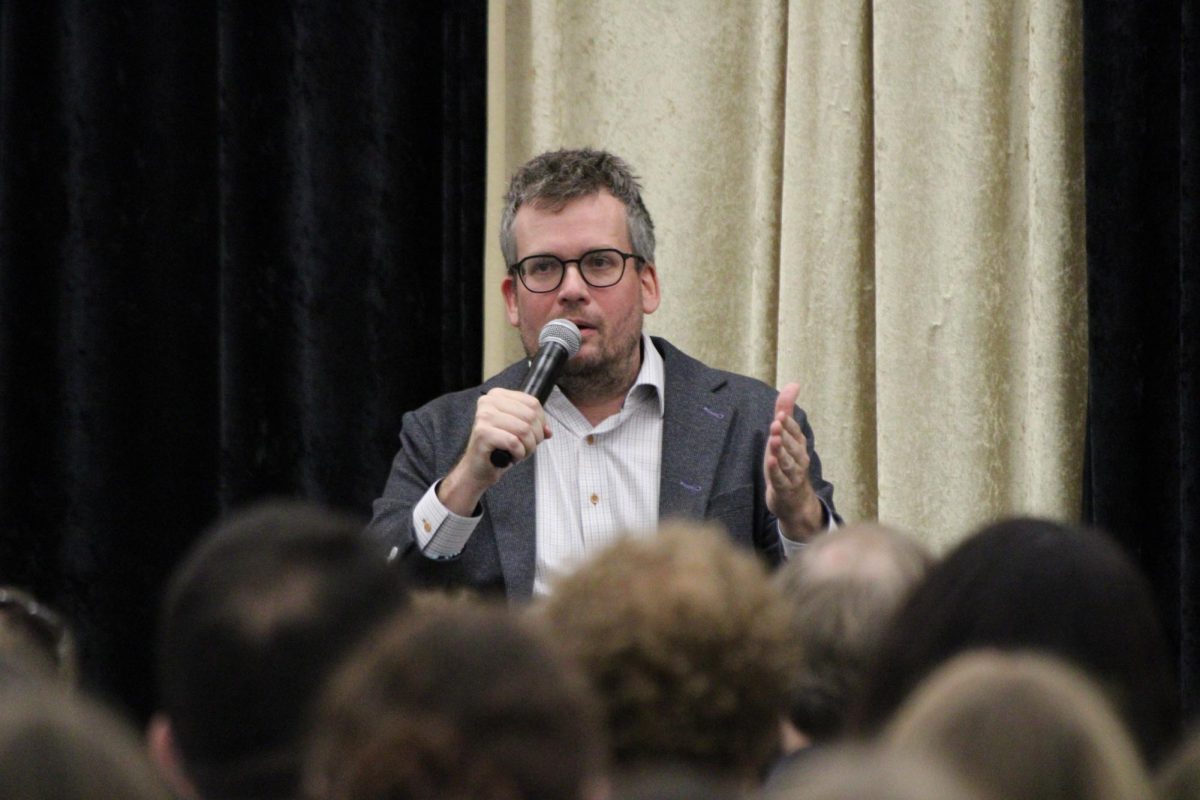Oakland University’s Department of Theatre holds various skilled performances throughout the year, the most recent being “¡Farsa/Farce!” — directed by David Gram.
In a combination of severe topics and humor, “¡Farsa/Farce!” brings forth a new way to dissect everyday problems such as gender identity, sexual orientation, domestic violence and more.
Farce is a genre that seeks to entertain through the use of exaggerated, extravagant and absurd storytelling — and it is a tool used exceptionally well in this play.
“By employing the structure of farce, the two playwrights seek to engage the audience in laughter, with the goal of producing a cultural dialogue that resonates beyond the final blackout,” director David Gram said.
The first act, “The Agony of Ecstasy,” written by Sabina Berman, explores machismo, gender identity and sexual orientation with four short stories — all of which take place in present-day Mexico City, Mexico.
“El Bigote (The Moustache)” is a beautiful take on gender in a relationship, giving the audience an insight into an open relationship. The audience sees a couple arguing over the mustache — a symbol of masculinity — and what happens when either person wears it.
“La Casa Chica (The Love Nest)” shows the dangers of machismo in a relationship through a monologue of a married man having an affair. He wants control of his lover, something he believes he deserves.
In the end, it is revealed that the man is nothing short of a man-child, quickly giving in to his lover when she shows any sort of attention to him.
“La Pistola (The Pistol)” is led by a married couple’s conversation after the man buys a gun for protection — but only in the wife’s dream. The plot twist for this one revealed the true nature of the relationship.
While in an embrace after their relationship-repairing conversation, the wife hides a knife in her waistband, and the husband hides a pistol in his.
“Los Dientes (Teeth)” shows a humorous, trippy existential crisis between a dentist and a nurse while fixing the character Ms. Berman’s teeth. This story included various props and giant lips controlled by a pulley system and was the last of the first act.
The second act switched over to Milan, Italy, in 1960. “The Virtuous Buglar (Non tutti i ladri vengono a nuocere)” was written in 1958 by Dario Fo. Unlike the first act — which consisted of various shorts — this act focused on one story of miscommunication, with themes of adultery and class disparity.
As a burglar enters a house with the full intention of simply being in and out, he finds himself in the middle of the most confusing web of lies.
The burglar’s wife calls and exposes he is hiding inside a man’s house, and the man is revealed to be having an affair with a married woman. As the story continues, we are introduced to the married man’s wife, Anna, and the mistress’s husband, Antonio.
The big reveal is everyone is married to someone else and are all having an affair — barring the burglar and his wife, who are happily married and manage to escape together.
This act was very humorous, and the plot was enjoyable. It also introduced a comparison of how the wealthy couples’ relationships were full of lying and cheating, while the lower class couple had a relationship of genuine love.
Everything that could’ve gone wrong did. Each character brought more to the story — even the poor two burglars introduced at the very end who had to sit through an explanation of guilt by the wealthy group.
“Non tutti I ladri… inverts the social order, casting a burglar as the hero of the piece, and the surrounding bourgeois characters as scheming hypocrites,” Antonio Scuderi and Joseph Farrell said for Southern Illinois University Press.
Overall, “¡Farsa/Farce!” was an enjoyable piece of well-written farce to discuss important topics and was accompanied by good choreography and even better performances from the actors and actresses.
If students want to support future OU Theatre Department performances, they can find a list on OU’s website.













